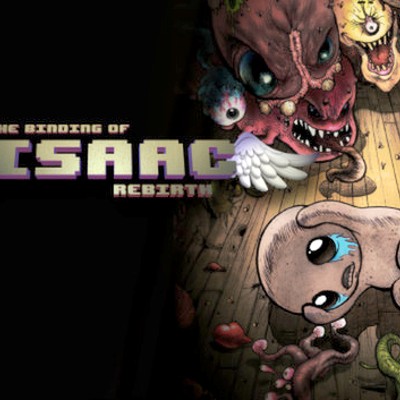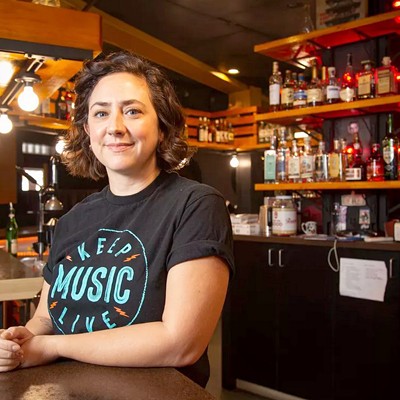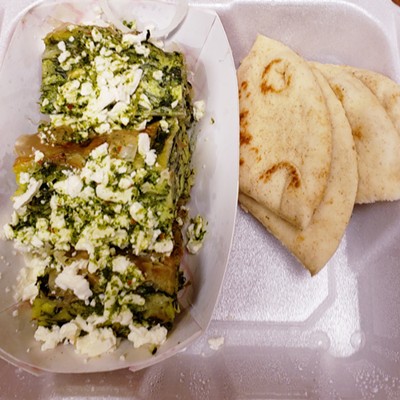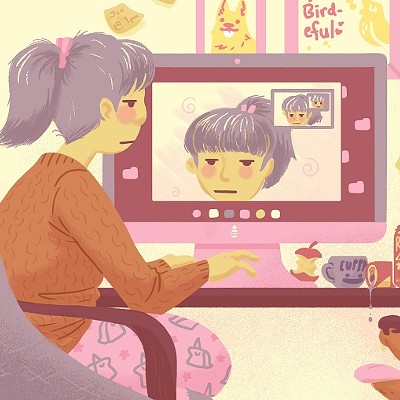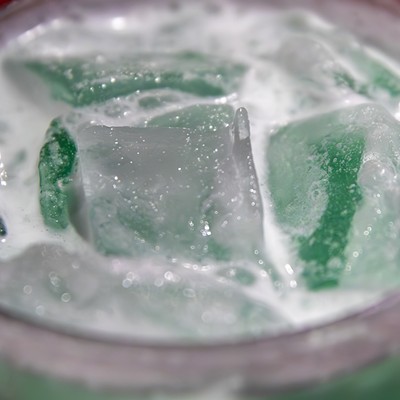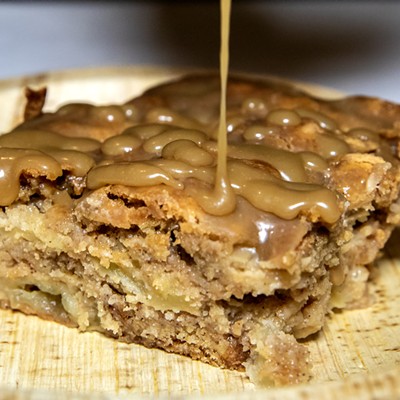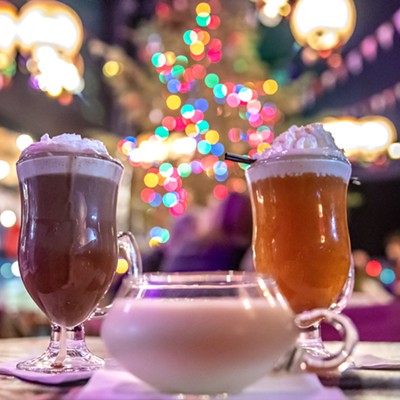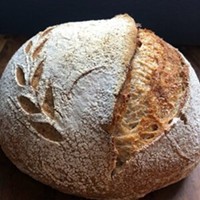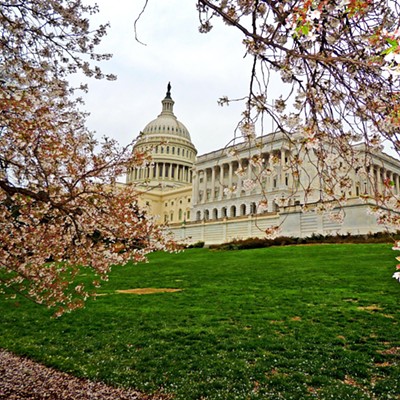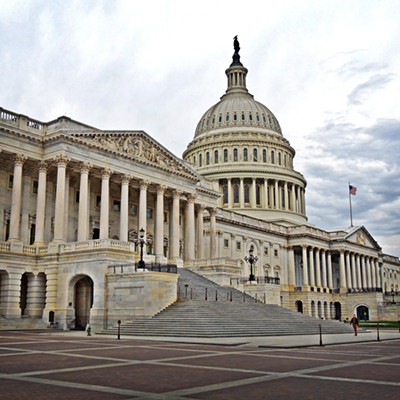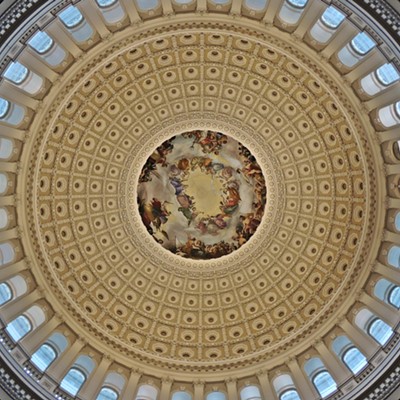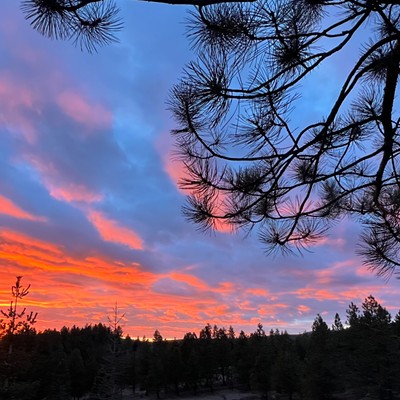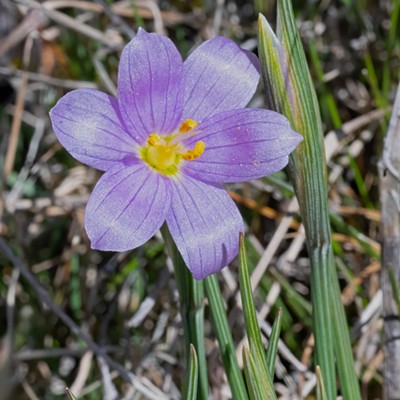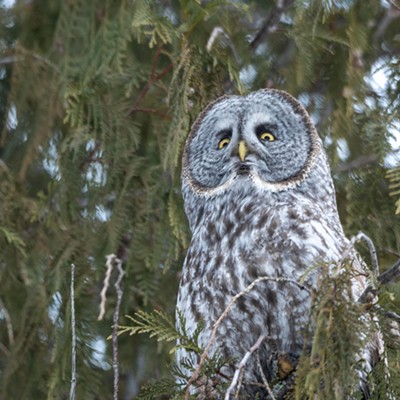Those of us who love pumpkin spice can’t wait for August, when we can expect novel new products to appear on store shelves.
But in the midst of sipping your latte and cleansing your garments in pumpkin spice-scented detergent, have you ever stopped to consider where this popular fall flavor came from?
As the story goes, McCormick spice company created the first mass market Pumpkin Spice blend in 1934 as a way to shorten the time it takes to make a pumpkin pie. Why waste precious moments reaching for four different spices (cinnamon, nutmeg, ginger and allspice) when you could add another bottle to your cabinet and solve a major problem? Its invention saved millions of cooks three minutes on Thanksgiving Day and was declared a national treasure.
World War II stole the spotlight from pumpkin spice. The nation plunged into war, and the public largely forgot about the flavor combo until 2003, when Starbucks introduced the Pumpkin Spice Latte (PSL) which has made the company millions.
Any historian knows there’s always more to the story. What was so special about that first blend that chefs would abandon their time-honored recipes? Why would people not only want but pay for vegetables in their coffee? (Actually, Starbucks didn’t add pureed pumpkin until 2015, but nonetheless.)
The obvious conclusion is that the ubiquitous pumpkin spice now found in everything from booze to pet shampoo must have a secret ingredient. All heavenly concoctions have mysterious beginnings (see my earlier work on fry sauce).
I’ve uncovered two possibilities for this ingredient’s origins — one fantastical, the other nefarious.
The first possibility: This secret ingredient could come from a place called Hidden Valley Ranch where you’ll also find the Keebler Elves’ Tree. Improbable? So is the fact that the PSL, a paper cup sporting orange sunglasses, has its own Twitter feed.
The second possibility: It comes from a government laboratory where scientists are charged with creating the next big thing to distract our passions and enslave our wallets.
Big brother conspiracies aside, the origins and popularity of pumpkin spice are now like a lot of other things these days, wrapped in the barbed wire embrace of racial and gender stereotypes. (If you don’t believe me, Google pumpkin spice and white girls.)
To which I say, let’s not let pumpkin spice be another thing that divides us.



